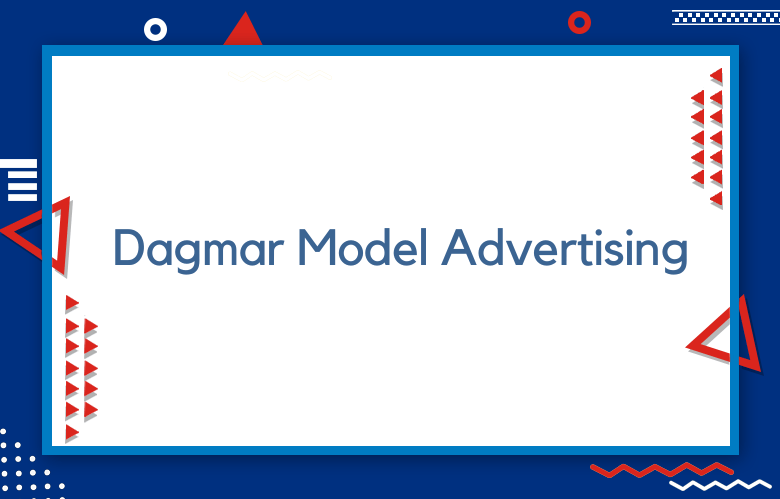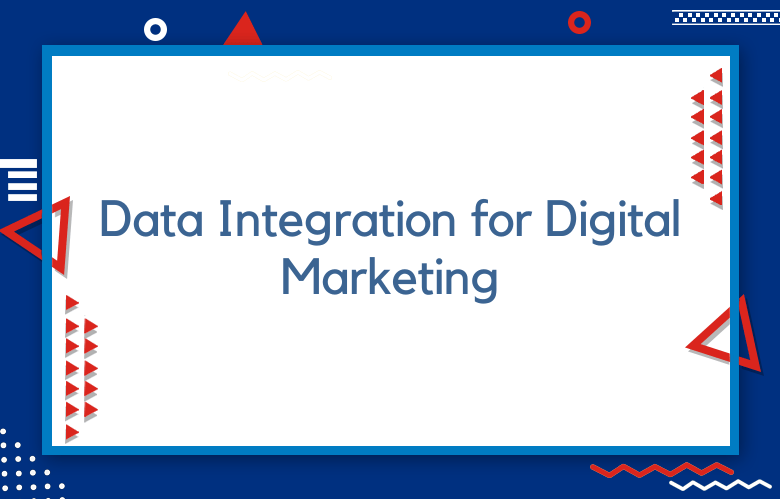What is the Dagmar Model of Advertising?

Marketing has undergone rapid evolution, with numerous businesses competing for consumers’ attention. Modern-day advertising strategies aim to impact the audience and make the brand stand out.
One such advertising strategy is the DAGMAR model, which Russell Colley developed in 1961 and has been gaining prominence ever since.
The DAGMAR model is a comprehensive thinking process that helps businesses identify their advertising goals and objectives.
This is a comprehensive guide for businesses seeking to incorporate the DAGMAR model into their advertising strategy. We’ll explore the model, its underlying principles, its benefits, and how to implement it.
What is the DAGMAR Model?
The DAGMAR model is an acronym for Defining Advertising Goals for Measured Advertising Results.
This model suggests that the primary objective of advertising is to communicate effectively with the audience.
The model aims to identify the stages of consumer involvement, considering the audience’s awareness, comprehension, conviction, and, ultimately, action.
The core of this model is the use of specific and measurable objectives that guide advertising campaigns.
The model’s framework suggests that advertising can only be successful if it achieves its goals and generates a measurable return on investment (ROI).
How does the DAGMAR model work
The DAGMAR model consists of four stages: awareness, comprehension, conviction, and action.
In the first stage, an advertiser’s primary focus is to build awareness of the product or service they are promoting.
In the second stage, the advertiser aims to enhance understanding of the product or service, including its features and benefits.
In the third stage, the advertiser aims to build conviction amongst the target audiences. Lastly, in the final stage, the advertiser triggers action amongst the target audience to purchase the product.
Awareness:
In this stage, the advertising aim is to make the target audience aware of the product or service offered.
Comprehension:
In this stage, the advertising aim is to build an understanding of the product or service offered and why it’s better than alternatives.
Conviction:
At this stage, the advertising aim is to build customer preference by promoting the property’s benefits.
Action:
In this stage, the advertising aim is to encourage customers to take action by buying the product or signing up for a service.
Dagmar Model of Advertising: A Comprehensive Guide to Achieving Your Marketing Goals
An effective advertising campaign requires understanding the characteristics, preferences, and behaviors of your target audience.
The Dagmar model of advertising is a widely used framework that helps marketers achieve their advertising goals by specifying the communication objectives and the strategies for reaching them.
The Dagmar model enables businesses to establish clear and measurable benchmarks for their campaigns, set realistic expectations, and effectively evaluate the effectiveness of their marketing efforts.
This comprehensive guide will explore the principles of the Dagmar model and how it can help you optimize your advertising strategy.
Understanding the Dagmar Model of Advertising
Advertising is a crucial aspect of marketing that aims to attract and inform potential customers about a product or service, encouraging them to purchase or utilize it.
However, creating an effective advertising campaign requires effort, especially given the numerous variables involved in the market.
In the 1970s, Russell Colley developed the DAGMAR model to measure the effectiveness of advertising campaigns.
We will explore the DAGMAR advertising model in-depth and provide everything you need to know about it.
The DAGMAR model stands for “Defining Advertising Goals for Measured Advertising Results.” Its main aim is to determine the goals, objectives, and effectiveness of an advertising campaign.
The DAGMAR model has a four-stage process to help you design and implement a successful ad campaign.
Everything You Should Know About the DAGMAR Model of Advertising
Marketing and advertising are essential for gaining brand recognition, attracting new customers, and driving sales growth.
However, it is easier said than done, and many marketing strategies need to align with their target goals. DAGMAR is an advertising Model developed to overcome this challenge by providing a framework for measuring the effectiveness of an advertising campaign.
This model has become a widely accepted marketing strategy in the advertising industry. We will delve into the DAGMAR Model of Advertising.
Principles of the DAGMAR Model:
Before you start using the DAGMAR model, here are some core principles you should consider:
Set Clear Advertising Goals:
Advertising goals must be precise, measurable, and specific to be practical and achievable. For example, a restaurant’s goal might be to increase dine-in orders by 20% within six months.
Measurable Objectives:
The objectives must be measurable so that businesses can track their performance and determine the effectiveness of the ad campaign. This model suggests an approach that emphasizes evaluating the audience’s response to the advertisement.
AIDA for Action:
The DAGMAR Model follows the AIDA (Attention, Interest, Desire, Action) model, where advertising aims to capture the audience’s attention, create interest in the product, evoke a desire to buy, and translate that desire into action.
Strategy Development:
Utilizing the appropriate strategies to meet advertising goals is a crucial part of the DAGMAR model. A business should identify its target audience, prepare key messaging, and create a clear call to action.
Cost/Benefit Analysis:
The DAGMAR Model suggests businesses should examine the cost of running a campaign and its benefits. This approach enables companies to identify the most effective strategies for maximizing their ad spending.
Implementing the DAGMAR Model
Identify advertising goals – Start by identifying the advertising goals – these objectives should align with the business’s overall goals and objectives.
Target audience:
Identifying the target audience will help create key messaging that resonates with the audience’s needs and interests.
Develop Advertising Message:
Craft advertising messages that align with your goals and resonate with your audience.
Call-To-Action:
Create a clear call-to-action message that invokes a response from the audience.
Run Campaign:
Launch and run the advertising campaign, utilizing various media channels such as social media, Google Ads, radio, and TV ads.
Unraveling the Dagmar Model: A Framework for Successful Advertising Campaigns
Conclusion:
The DAGMAR Model emphasized the importance of setting specific and measurable goals for advertising campaigns.
By focusing on messaging, audience targeting, and clear call-to-action messages, the model ensures that ad campaigns generate measurable returns on investment.
As businesses determine their advertising goals, they must examine the cost-benefit to maximize their advertising spending. The DAGMAR model is a practical approach to advertising campaigns that can help businesses achieve their goals and objectives.
Frequently Asked Questions about the DAGMAR Model
What does DAGMAR stand for?
DAGMAR stands for Defining Advertising Goals for Measured Advertising Results. It’s a framework for setting clear, specific, and measurable objectives in advertising campaigns.
Who developed the DAGMAR model and when?
The model was developed by Russell H. Colley in 1961 to bring rigor and accountability to advertising by linking objectives directly to measurable outcomes.
What are the four stages of the DAGMAR model?
-
-
Awareness: Make the target audience aware of the brand or offering.
-
Comprehension: Help them understand key features and benefits.
-
Conviction: Build preference and positive attitudes toward the product.
-
Action: Encourage the audience to take a specific, measurable action (e.g., purchase, sign-up).
-
How is DAGMAR different from the AIDA model?
Both share a hierarchical approach, but DAGMAR emphasizes specific, measurable objectives at each stage, while AIDA (Attention, Interest, Desire, Action) is more of a mnemonic for the progression of consumer response without mandated metrics.
How do you set DAGMAR objectives?
-
-
Be Specific: Define exactly who, what, by how much, and by when (e.g., “Increase brand awareness among 25–34 year-olds by 30% within 6 months”).
-
Make Them Measurable: Use pre- and post-campaign studies, web analytics, or sales data to track shifts in awareness, comprehension, conviction, and action.
-
What are the main benefits of using the DAGMAR model?
-
-
Accountability: Ties creative and media decisions directly to measurable goals.
-
Clarity: Ensures all stakeholders understand what success looks like.
-
Optimization: Enables ongoing adjustments based on which stage needs more support.
-
Are there any limitations to DAGMAR?
-
-
It can be time- and resource-intensive, requiring detailed research at each stage.
-
In fast-moving markets, the step-by-step hierarchy may feel too rigid.
-
Call: +91 9848321284
Email: [email protected]



